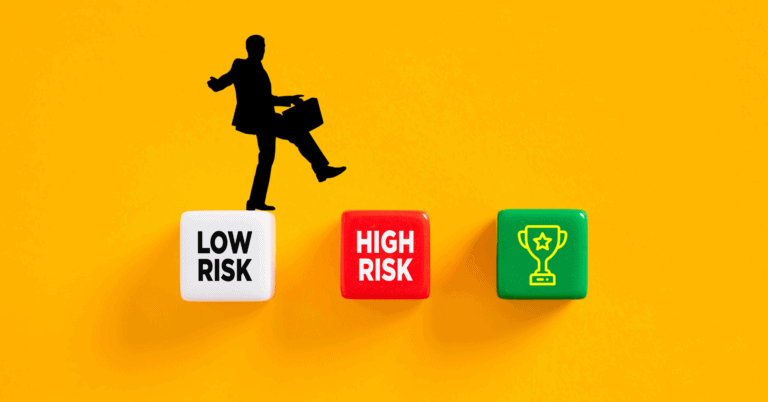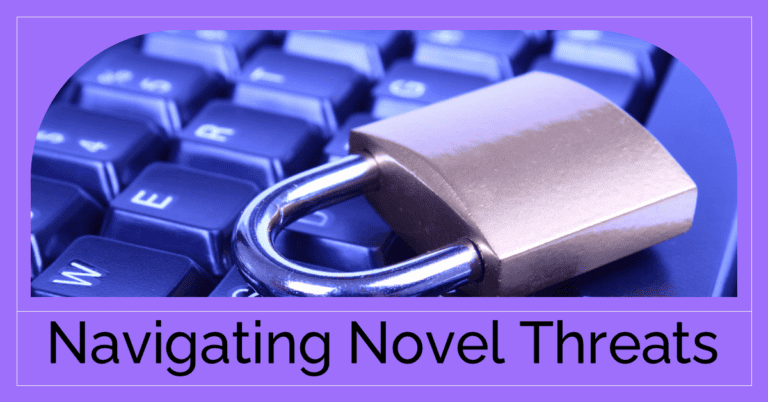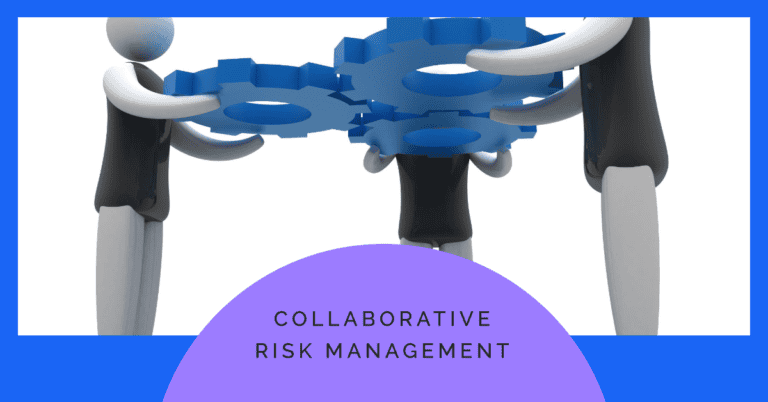Risk management has emerged as an integral strategy for businesses to grow sustainably and profitably. This is why most organisations striving to achieve long-term success have prioritised it.
Good risk management is not a form of defence but a proactive approach that allows firms to navigate uncertainty, reduce and manage threats, and take advantage of opportunities.
A broad-based risk management approach increases a firm’s sustainability, encourages innovation and, ultimately, helps to build a debt-free competitive advantage in its sector.
Understanding Risk Management
Definition of Risk Management
Risk management comprises compiling, assessing, and prioritising risks, coupled with formulating and implementing a coordinated process of responding to these risks, direct or indirect, to increase the likelihood of an organisation achieving its objectives.
It’s a forward-looking, structured approach to managing common and expected vulnerabilities. It impacts that a business can expect to encounter.
Types of Risks Businesses Face
Many things can go wrong with a business, and the risks fall into four general categories: operational, financial, strategic, and external.
Operational risks include events from within the bank, such as damaging internal processes, systems or people. Financial risks, such as market volatility, a borrower’s creditworthiness, or liquidity problems, are more external.
The first category, strategic risks, results from business decisions (for example, the choice to expand operations into new regions), market shifts (for example, a pullback in economic activity following a recession) or competitive pressures (for example, the need to align with a new supplier to maintain a contract); compliance risks concerns adherence to regulatory requirements and industry standards.
Other organisational risks stem from the outside world, including disruptions caused by extreme weather, geopolitical conflict, or technological shocks.
Proactive Risk Identification
Conducting Risk Assessments
The foundation of effective risk management lies in proactive risk identification.
Organisations undertake rigorous risk assessments to help businesses, management and staff assess and analyse risks in every sphere of their operations. Effective risk assessments are undertaken through multiple stakeholder engagements, data collection across all functional areas (such as technical, financial, operational, staffing, safety and environmental risks), and using principles of risk assessment methodology that assess both the likelihood and impact of external and internal risks.
Regular risk assessments enable businesses to avoid emerging threats and adapt risk management strategies.

Implementing Early Warning Systems
Early warning systems play a crucial role in risk identification by complementing risk assessments.
Such systems leverage advanced technologies, data analytics and domain expertise to track internal and external risk signals.
Companies can implement robust early warning systems that identify risk management issues before escalating into full-blown crises or losses.
Developing a Comprehensive Risk Management Plan
Defining Risk Control and Mitigation Strategies
When risks have been identified and assessed, designing and implementing targeted risk control and mitigation strategies is essential.
Based on different risk categories, these strategies should be handled appropriately, according to the specific risks generated, and consistent with the risk appetite and tolerance inherent in the organisation’s structure.
Risk is handled using risk management strategies such as controls, transference through insurance or contracts or mitigation within set tolerances.
Allocating Resources Efficiently
Effective resource allocation is a critical aspect of risk management.
Organisations must focus on what’s essential and assign resources to control and mitigate the most critical risks. This exercise may conflict with the impact of efforts on an organisation’s business activities and profitability.
This way, companies can select their tests and controls from a menu of options to maximise effectiveness per dollar spent.
Fostering a Risk-Aware Culture
Employee Training and Engagement
They are not the sole role of a defined team or department but are steeped in a culture of other teams and departments.
Risk-aware cultures are consciously developed by providing extensive training and education to all workers on risk identification and reporting.
Foster communications and a more collaborative approach to risk management, and you’ll leverage the entire brain trust of your organisational body rather than just a few senior executives sitting in a boardroom.
Continuous Improvement and Adaptation
Risk management is an ongoing process that requires continuous improvement and adaptation.
Organisations should periodically re-examine and update risk treatment strategies as business environments change and new risks arise. This means revisiting past errors and evaluating the effectiveness of mitigation measures before converting lessons learned into a risk register. This can be achieved by maintaining an ethos of incremental improvement. This culture should be part and parcel of how a well-managed firm does business. It’s the best way to remain agile and responsive to changing situations and the introduction of new threats.
The Role of Technology in Risk Management
Risk Management Software Solutions
Technology plays a pivotal role in enhancing risk management capabilities.
Risk management software solutions enable organisations to manage their risk processes efficiently. These solutions help run processes such as risk registers, risk assessment modules, reporting dashboards and several related automation workflows.
These technologies can help manage and monitor business risk, process stakeholders more efficiently, and drive decision-making with real-time information.
Data Analytics and Predictive Modelling
With big data analytics, organisations can access heaps of information to improve risk management practices.
Through data analytics, machine learning, predictive modelling, pattern recognition, business process modelling techniques, and other methods, it’s now possible to analyse historical data patterns and identify risks through predictive modelling. When such advanced techniques are merged into risk-management processes, companies can gain the upper hand by projecting risks before they emerge.
Final Thoughts: Embracing Risk Management for Long-Term Growth
Risk management is integral to achieving stability and survival amid fierce competition.
A shift to a risk-smart culture can help companies tackle contingency proactively and strategically, reduce vulnerability, safeguard business continuity, increase resilience, provide better business intelligence, and build a competitive edge.
Risk management is embedded as a strategic imperative that avoids business-related pitfalls and creates avenues for innovation, flexibility, and sustained future value creation in a volatile business environment.






